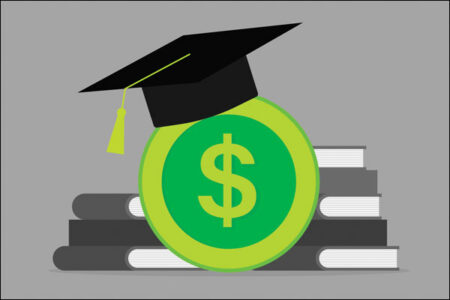
Where does federal tax revenue come from? For all the talk about corporations and individuals paying their fair share and estate and gift taxes being important, it is probably a surprise that the Congressional Joint Committee on Taxation estimates that for 2022, corporate taxes will make up 8% and estate and gift taxes will make up less than 1% of total federal revenue. As those who follow these debates will know, our international competition taxes corporate income at rates less than we do and the creation of aggregate wealth taxes in Europe has been reversed, so we’re unlikely to raise our corporate tax burden or estate tax burden, unless suicidal.
Eighty-four percent of federal tax revenue comes from two sources: the individual income tax (54%) and social insurance taxes (30%). Social insurance taxes are still mostly flat, or “regressive” in tax jargon; in other words, they are paid by everyone with a job, almost equally. The individual income tax is highly skewed, or “progressive,” with the small number of taxpayers earning $200,000 or over paying almost 80% of the net individual income tax.[1] Of 180 million taxpayers in the US, 70% earn less than $100,000.
The Secure Act and Student Loans
The Setting Every Community Up for Retirement Enhancement 2.0 Act of 2022 (Secure Act) has some important provisions and new dates. For one, the annual required minimum distributions (RMDs) from retirement plans now have new start years. “Use age 72 if born in 1950 or earlier, use age 73 if born 1951-1959, and use age 75 if born 1960 or later.”[2] The Act also allows a Roth conversion option for SIMPLE and SEP plans. Congress is encouraging the conversion to Roth-type accounts “because they raise tax revenue.”[3]
Another interesting provision of the Secure Act is that an employee’s repayment of student loans would qualify for an employer’s matching 401(K) contribution. This might not be what the employer had in mind but is consistent with efforts by the federal government to encourage student loan repayment. Provisions to allow the government to reduce up to 15% of Social Security benefits to repay student loans that are in arrears will be coming back into effect this June after being suspended in March 2020.[4] However, these provisions are in stark contrast to other government efforts to simply forgive some student loans.
If you or any of your other advisors have questions about the issues raised here, please contact your investment manager or one of us.
William H. Darling, CPA – Chairman & CEO
Jeanne M. FitzGerald, CPA – Tax Manager
